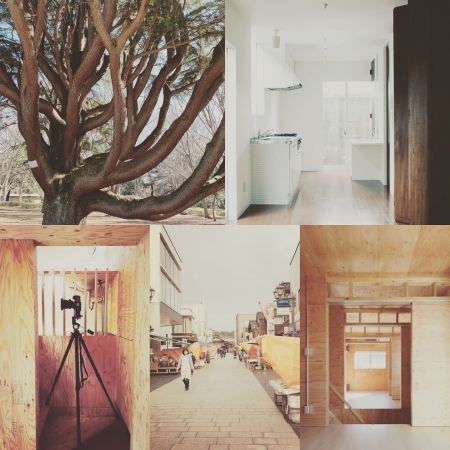感性の振れ
人の感性が極端に振れるような影響を与えたいと思うから建築のデザインをしているので、極端に振れるような可能性が無いことはなるべくやりたくはない。感性が振れるとはどういう状態なのか、逆に全く振れないとはどういう状態なのか、さらには感性が全く振れない状態は感性が無い状態なのかに興味がある。ここでは感性を振り子のようだと考えているので、感性が振れる振れないと表現しているが、それ自体が違う可能性もある。振り子だと一定の円弧上を移動するが、もしかしたら点から点への移動かもしれない。あるいは、円弧移動と点移動のミックスも考えられる。感性についてはまだまだわからないことが多い。
"Sensitivity swing"
I'm designing architecture because I want to have an influence that makes people's sensibilities shake extremely, so I don't want to do as much as possible without the possibility of shaking extremely. I am interested in what kind of state it is when the sensibility swings, what kind of state it is when it does not swing at all, and whether it is a state where there is no sensibility at all. Here, I think that the sensibility is like a pendulum, so I express that the sensibility does not swing, but it may be different in itself. A pendulum moves on a certain arc, but it may move from point to point. Alternatively, a mix of arc movement and point movement can be considered. There are still many things I don't understand about sensibilities.































